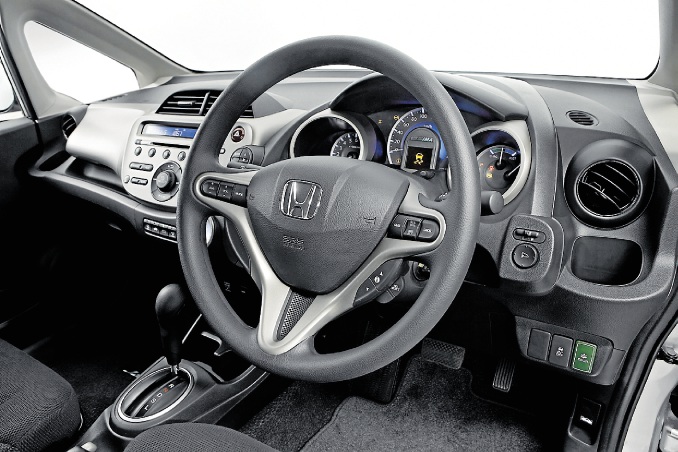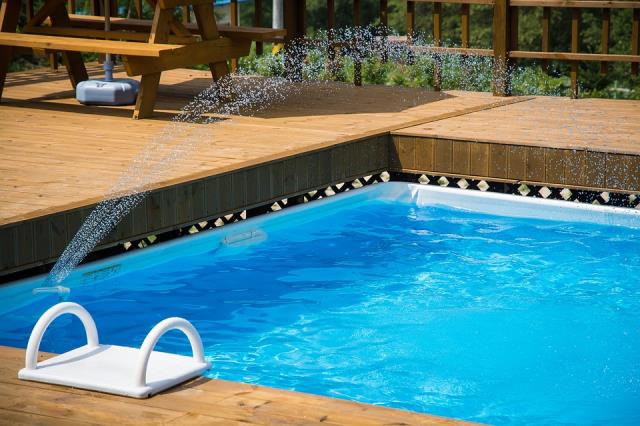Flat-screen TVs are a prime example of the way things become cheaper as time goes by. Once only found in a corner of high-end electronics stores, these days they are to be found in the supermarket trolley among the fish fingers and soap powder packets.
Petrol/electric hybrid vehicles are going the same way thanks to efficiencies and economies of scale in the industry. Honda introduced the first hybrid vehicle, the Insight, to Australia in 2001 when it sold for almost $50,000.
Now the cheapest example of the genre has just hit the Australian market and it comes from the same company. At $22,990, plus on-roads, the Honda Jazz Hybrid trumps its closest rival, the Toyota Prius c, by a grand.
The power train of the new Jazz is shared by the latest Insight — a 1.3-litre petrol engine and electric motor combined with a continuously variable transmission — with which the maker claims fuel consumption of 4.5 litres per 100 kilometres and CO2 emissions of 107g/km on the combined urban/highway cycle.
The 1.3-litre SOHC i-VTEC engine puts out 65kW of power at 5800rpm and 121Nm of torque at 4500rpm, while Honda’s Integrated Motor Assist system, comprising an electric motor, starter and generator, delivers 10kW at 1500rpm and 78Nm of torque at 1000rpm.
Over the past decade, the IMA battery pack and control unit have evolved and become more compact and lightweight, ensuring the car’s practicality is not sacrificed in the hybrid.
The petrol engine does its bit to save fuel, too.
On the outside there’s little to tell the hybrid from the conventional Jazz. The cabin has similarities with the conventional Jazz. The dashboard incorporates a version of the Honda Eco Assist function.
An Eco Assist function helps the driver aim for the ultimate economy from the car in various situations and gives drivers continuous feedback on how their brake and accelerator work is affecting fuel consumption and impact on the environment. A stop/start engine function also plays its part.
Honda Jazz features include what the company modestly calls ‘Magic Seats’, which can be configured in 18 ways allowing room for up to 722 litres of gear to be carted.
Buyers are expected to be made up of mainly tech-savvy, environmentally conscious females wanting practicality and versatility in a vehicle.







